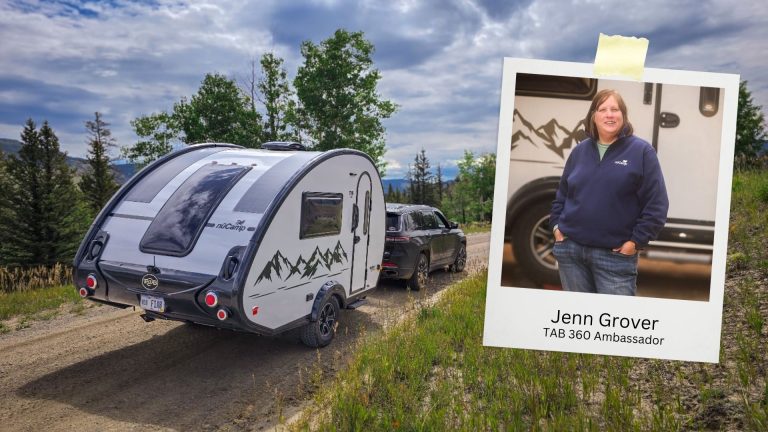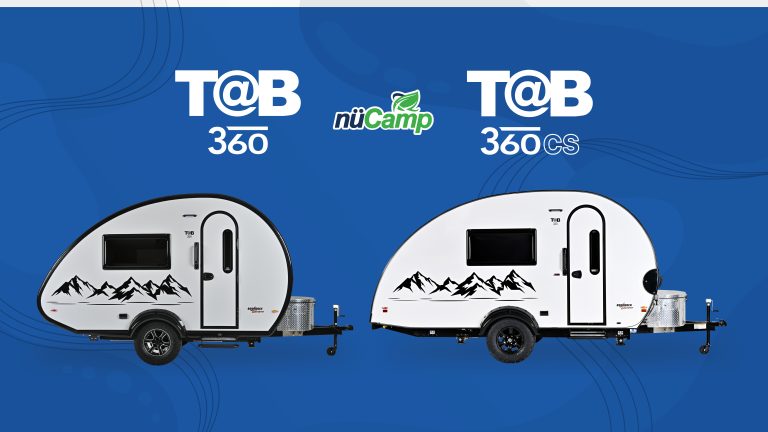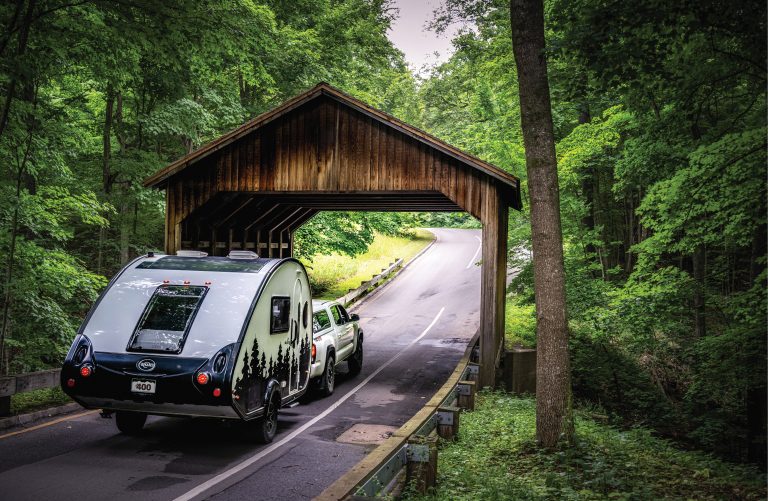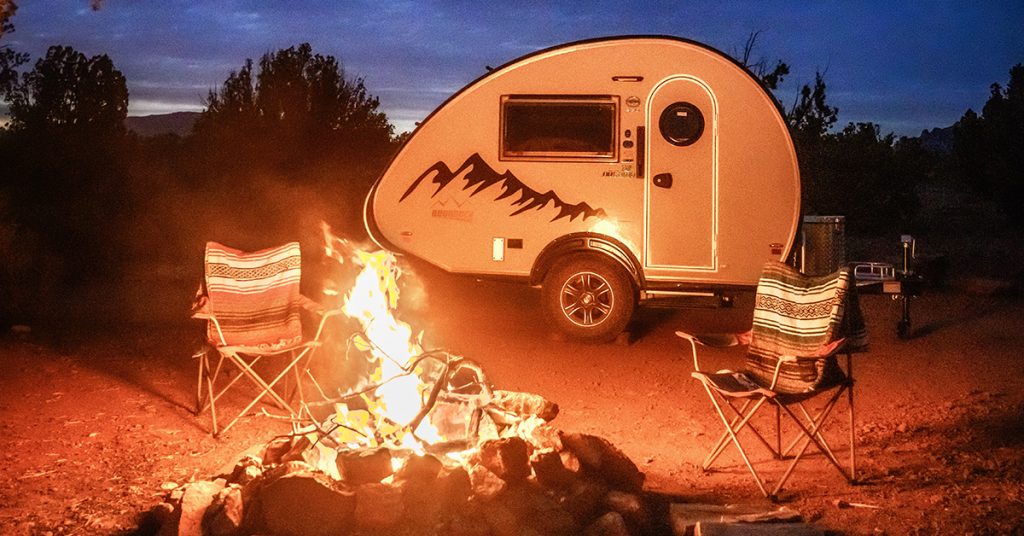An RV fire can occur anytime and anywhere: whether you’re out on the road or parked for the night. To reduce your risk and keep everyone safe, follow these fire safety tips from nuCamp, the National Fire Protection Association (NFPA), and the Fire Equipment Manufacturers’ Association.
Fire Hazards
What can cause an RV fire? According to the NFPA, when a vehicle is used as a structure, the most common place for a fire to start is in the kitchen or cooking area, followed by the engine area, running gear, and wheel area. Other culprits include leaking fuel lines and connections, electrical shorts, refrigerator fires, pinhole fuel-line leaks, a dragging brake, rubber hoses in a radiator, a heater hose, and dry wheel bearings in 5th wheels and trailers, says RoadTrip America
It also matters where you park your vehicle, notes RVShare, since if the hot undercarriage of your tow vehicle or camper comes in contact with dry grass or other combustibles, a fire can start.
Before you head out on the road, check your smoke detectors and fire extinguishers to make sure they are in good working order. According to RoadTrip America, you need to install RV-approved models, since they must meet different standards than regular detectors and are tested at a wider range of temperatures, for longer periods of time, and against animal-fat smoke, vibration, and salt spray.
nuCamp trailers come with an extinguisher designed for Class B (flammable liquid, oil, or grease) and Class C (energized electrical) fires, as these are the most common in recreational vehicles. This extinguisher will work for cooking oil, electrical, wood, paper, fabric fires.
If a fire does occur, evacuate the camper immediately, following your Safety Plan.
If your clothing is on fire, follow the STOP, DROP, and ROLL rule.
Stop, Drop, and Roll
- STOP, don’t run.
- DROP to the ground.
- ROLL back and forth until the fire is extinguished. Use your hands to shield your face from the fire.
Only try to extinguish a small fire or one that is contained, and you know what type (class) the fire is. Then use the PASS technique.
PASS Technique
- Pull the pin.
- Aim the nozzle or hose at the base of the fire from a safe distance.
- Squeeze the operating lever to discharge the fire extinguishing agent.
- Sweep the nozzle or hose from side to side until the fire is out while staying at a safe distance. Gradually move around and forward as the fire diminishes, and watch for flare-ups or re-ignitions behind you.
Grease or cooking oil fire? First Alert has the following advice for putting it out:
- If the grease fire is growing quickly, evacuate immediately and call 911.
- Turn off the heat source if you can reach it safely, but don’t move the pan.
- If the fire is small, smother it with a lot of baking soda.
- Cover the pan or pot with a metal lid to cut off the oxygen source.
- As a last resort, use a Class B Chemical Fire Extinguisher.
If the fire is large or fueled by an oil product or other flammable liquid, stay clear of the camper and let the fire department handle it. Once the fire is out and everyone is safe, make sure you replace your fire extinguisher.
Fire and Fire Extinguisher Classifications
If you need to purchase a fire extinguisher, here’s a list of the types of extinguishers from the Fire Equipment Manufacturers’ Association website:
- Water and Foam fire extinguishers—Class A fires only
- Carbon Dioxide fire extinguishers—Class B and Class C fires
- Multipurpose Dry Chemical fire extinguishers for Class A, B, and C fires.
- Ordinary dry chemical—Class B and C fires only.
- Halogenated or Clean Agent extinguishers—Class A, B, and C fires, but smaller-sized handheld extinguishers may carry only a Class B and C rating.
- Dry Powder extinguishers—Class D or combustible metal fires only.
- Water Mist extinguishers—primarily for Class A fires, although they are safe for use on Class C fires as well.
- Wet Chemical extinguishers—Class K fires that occur in high efficiency deep fat fryers used in commercial cooking operations.
The Fire Equipment Manufacturers’ Association has this breakdown of fire classifications:
- Class A—fires in ordinary combustibles such as wood, paper, cloth, rubber, and many plastics.
- Class B — fires in flammable liquids such as gasoline, petroleum greases, tars, oils, oil-based paints, solvents, alcohols, as well as flammable gases such as propane and butane. Note: Class B fires do not include fires involving cooking oils and grease.
- Class C —fires involving energized electrical equipment such as computers, servers, motors, transformers, and appliances. Note: Once the power is removed, a Class C fire becomes one of the other classes of fire.
- Class D —fires in combustible metals such as magnesium, titanium, zirconium, sodium, lithium, and potassium.
- Class K —fires in cooking oils and greases such as animal and vegetable fats (usually in commercial kitchens).
Recent Articles





